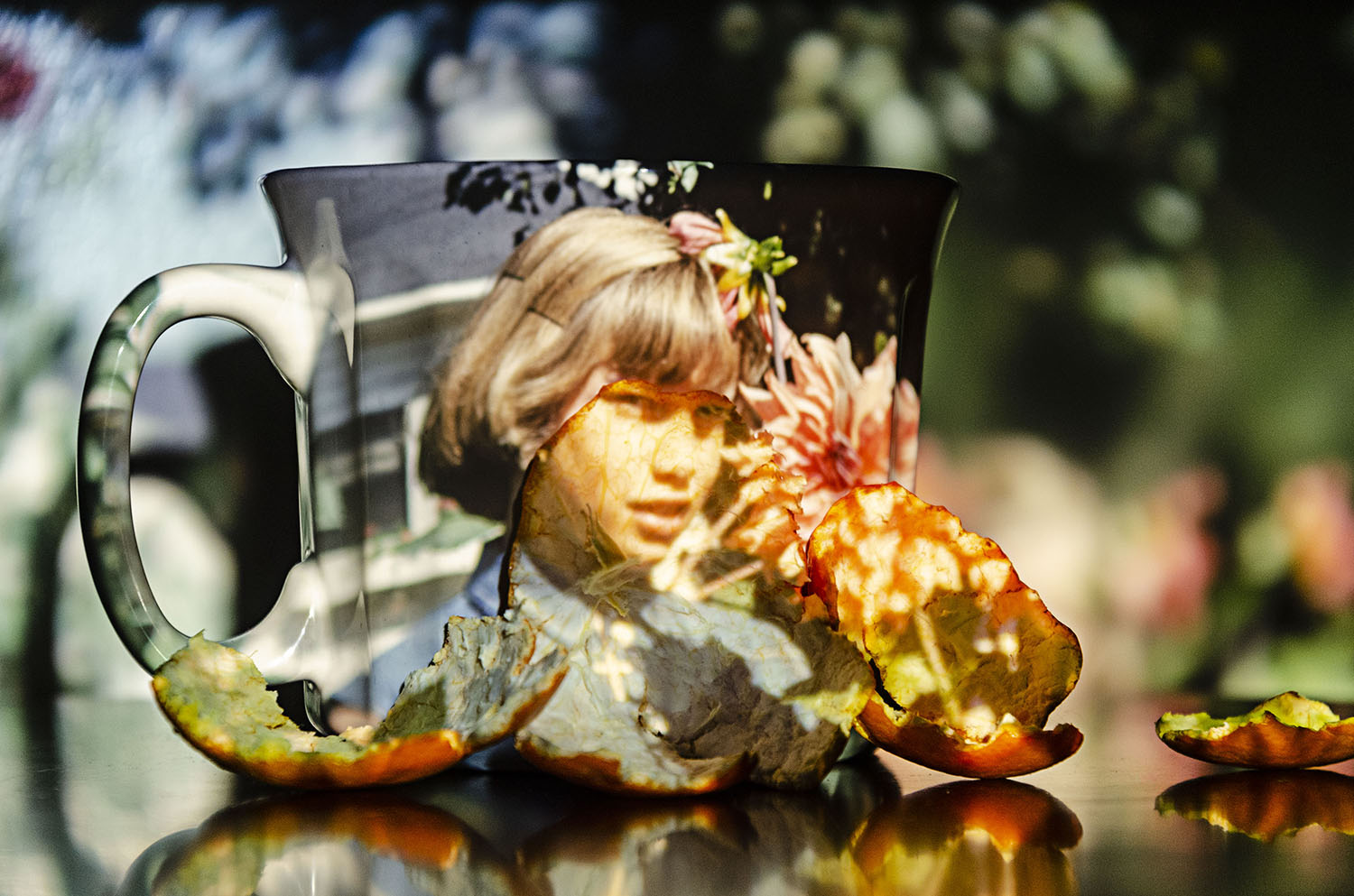
Story by Becky Raspe
Even if unintentional, art is created with a message in mind. Whether something abstract, like an emotion or a feeling, or to convey an important religious, political or societal message, artists create to impart their ideas to those who consume their work.
Ken Heyman’s “Man on Scaffolding, AIDS Project, NYC” has its own message, focusing on both the abstract feelings of life, death and everything in between, and how fragile it all can be. The photograph also zeros in on the more tangible message many heard, or didn’t hear, during the height of the HIV/AIDS epidemic in the United States.
Jeff Katzin, curatorial fellow at the Akron Art Museum, discusses the photo and how complex stories and emotions can be told through a single image of a man sitting on New York City apartment scaffolding in the 1980s.
CANVAS: What makes this piece noteworthy? What stands out to you, and what should viewers note when they see it?
Katzin: With this photograph, I’m amazed how much weight simple information can carry. The year is 1984, and this man has AIDS. Just those few facts and his portrait are enough to set my imagination racing. At that time, reporters and politicians largely avoided discussion of AIDS. I can scarcely comprehend the dire uncertainty this man must have been coping with. Because AIDS primarily affected gay men, I expect that he faced an additional layer of prejudice. He might have risked outing himself by posing for a photo with this title. Nevertheless, he remains impressively calm and composed. I hope visitors pause for a moment with this photo and feel their own emotional responses to these circumstances.
CANVAS: What response or emotions does this piece evoke?
Katzin: Empathy for this man who meets my gaze with clear eyes and seems to want to share his experience. Sadness for the painful ordeals he likely went through, and from wondering how much longer he lived after this picture was taken. Anger that people with AIDS have often received disdain when they deserve support. A sense that these feelings make urgent demands in a world where disease and identity, sexual or otherwise, remain sources of inequality.
CANVAS: What’s noteworthy about the process the artist employed for this photo?
Katzin: Despite some hard searching, I found barely any information about Ken Heyman’s “AIDS Project” series. Then, right as “Totally Radical” was opening, Heyman’s assistant Adam Stoltman discovered an old project description – the pictures were intended for a book titled “What I Want to Tell You Before I Die of AIDS.” Heyman planned to publish 50 portraits of people with AIDS alongside interview transcripts of whatever they wanted to share. The book was never finished, which is really too bad. Giving people a chance to tell their own stories makes for a compelling project.
CANVAS: How does this piece fit into the artist’s larger body of work?
Katzin: By the 1980s, Heyman was a highly successful photographer working both around the world and in his hometown of New York City. Across all of his work, he shows keen awareness of human relationships, body language and emotions. He possessed all the empathy and interpersonal sensitivity needed to succeed in a project like this one.
CANVAS: What else can you share with us about this piece?
Katzin: In the spirit of Heyman’s original project, I think an excerpt from one of his interviews will be more valuable than anything I could add: “I don’t live to die. I don’t sit and wait for something bad. I do try to work, the little I can, for my head – to keep me thinking – keep my motor running. I try to enjoy whatever I can even though I may be doing it alone. I don’t want to sit and mope. I know that when that happens to you, you fall off the fence on the wrong side. I would like to stay alive as much as possible.”
On View
“Man on Scaffolding, AIDS Project, NYC”
Artist: Ken Heyman (1930-2019)
Details: Taken in 1984; Gelatin silver print, 10.5 x 7.125 inches. Image courtesy of Akron Art Museum.
Acquired: Gift of Soraya Betterton, 2010
Find it: Part of AAM’s permanent collection and on view with three more of Heyman’s portraits in exhibition “Totally Radical: Art and Politics in the 1980s” through Sept. 19.










